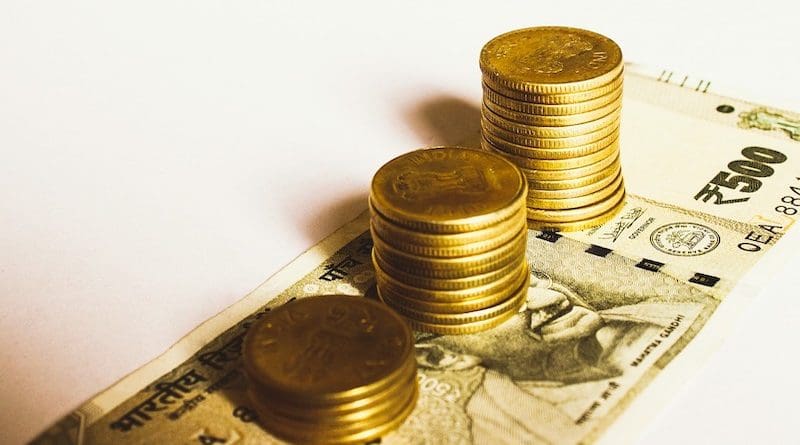Unearthing Reasons Behind Drop In Indian Household Savings – OpEd
Indians have long been known for their prudent saving habits, setting aside money for future needs and financial security. However, recent data from the Reserve Bank of India paints a concerning picture. According to their latest report, India’s net household savings have hit a 47-year low. In the financial year 2023, savings dropped to 5.3% of the gross domestic product (GDP), down from 7.3% in 2022, marking a significant decline.
Concurrently, there has been a notable surge in household debt during the same period, with annual borrowings reaching 5.8% of GDP, the second-highest level since the 1970s. This trend throws several intriguing questions at this juncture, what does this trend of low savings and high debt tell us about India’s economy? Does the surge in borrowing and spending reflect a nation on the rise, or a population struggling to keep up with the cost of living?
Household net savings refer to the collective sum of money and investments that families possess, encompassing deposits, stocks, bonuses, and other assets, minus any outstanding debts such as loans. As reliance on debt grows to support consumption, savings naturally diminish. Increased borrowing leads to higher proportions of income being allocated towards debt repayment, thereby reducing the capacity for savings. A substantial portion of India’s rising household debt comprises non-mortgage loans, with farm and business loans making up over half of these borrowings. Interestingly, as of 2022, India’s non-mortgage debt equalled that of Australia and Japan, surpassing several major nations such as the US and China. While borrowing for consumption, such as credit cards, consumer durables, weddings, and health emergencies, represents less than 20% of total household debt, it stands out as the fastest-growing segment.
This appears to be a shift in the Indian mindset towards increased spending, though the driving forces behind this change remain unclear. Meanwhile, borrowing due to necessity or desperation, particularly during financial hardships, can lead to prolonged distress and potential defaults. Despite this, lenders may continue lending to non-creditworthy borrowers during crises if they conduct thorough assessments. Regardless of the reasons behind the debt surge, one thing’s clear: this high level of household borrowings in just one year does not pose any threat to India’s financial or macroeconomic stability. But what if it continues for the next few years? How long can it sustain? What is the sustainable level of household debt in India? However, a critical issue is the lack of detailed data on borrowers in official records.
This includes their occupations, the number and purposes of loans taken, and their repayment histories. This absence of granular data makes it challenging to assess risk accurately. The bulk of household debt growth over the past decade stemmed from ‘credit widening’—an increase in borrowers—rather than ‘credit deepening’ or larger loans per borrower, having more borrowers is preferable to fewer borrowers with larger debts. Indian households maintain a debt service ratio (DSR)—the share of income used for loan servicing—of about 12%, akin to Nordic countries. This ratio, higher than that of China, France, the UK, and the US, is influenced by India’s higher interest rates and shorter loan durations, leading to a relatively higher DSR despite lower debt-to-income ratios.
In September 2023, India’s finance ministry downplayed concerns about reduced savings and increased borrowings, attributing them to people capitalising on post-pandemic low-interest rates for purchases like cars, education, and homes. These emphasised that more individuals were borrowing for asset acquisition, reflecting confidence in future employment and income prospects.
However, declining savings coupled with rising debt, highlighted worries about debt repayment and financial vulnerability. Meanwhile, concerns persist about growing reliance on borrowing in a country with the lowest per capita income among G20 nations. This trend strains financial savings flows and raises borrowing costs. While current borrowing levels do not threaten India’s financial or macroeconomic stability, there will be concerns about sustainability if this trend persists. The Indian consumer is navigating a delicate balance between aspirations for a better life, insufficient public goods, modest incomes, and instability.


Things are changing and people are choosing various options of expenditure.